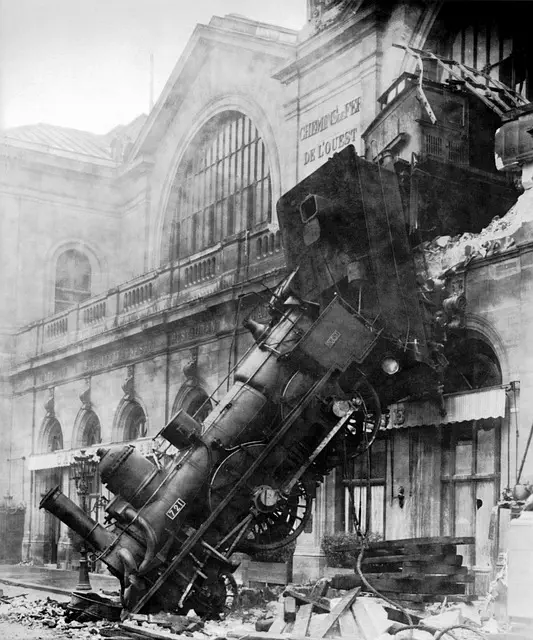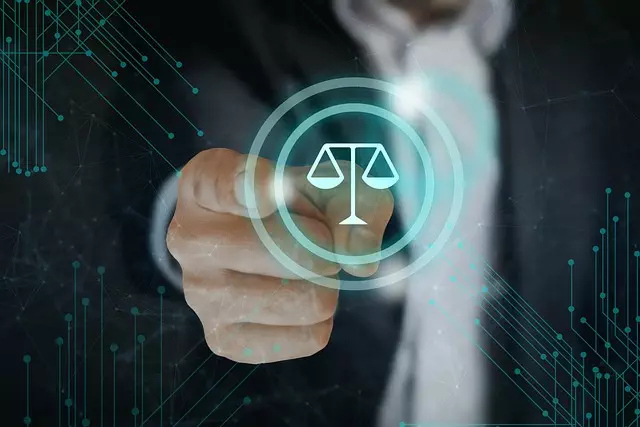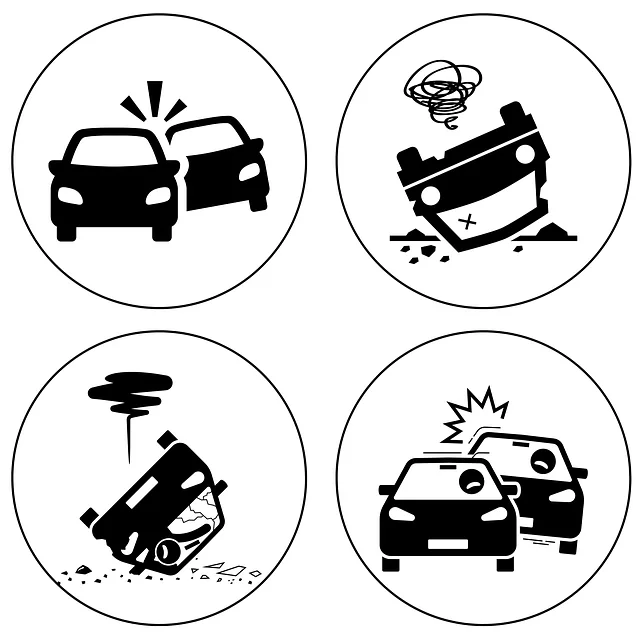Motorcycle crashes in Brooklyn are a pressing issue due to complex urban geometry, heavy traffic, adverse weather, and safety concerns. Factors contributing include speeding, unsafe lane changes, lax helmet laws, and limited infrastructure. The impact is severe, affecting riders and the community. Strategies to mitigate these crashes involve rider education, stricter enforcement, technological advancements, improved emergency response, and infrastructure enhancements. Initiatives focus on defensive driving training, safety gear usage, community outreach, and data-driven solutions to create a safer riding environment in Brooklyn.
Motorcycle crashes in Brooklyn pose significant challenges, demanding our attention. This article delves into the complex landscape of motorcycle accidents within the city, exploring common causes and their devastating impacts on riders and communities. We dissect risk factors, offering insights to enhance safety. From response and recovery strategies to innovative initiatives aimed at crash reduction, we present a comprehensive guide to understanding and mitigating Motorcycle Crashes in Brooklyn.
- Understanding Brooklyn's Motorcycle Crash Landscape
- Risk Factors: A Closer Look at Common Causes
- The Impact on Riders and the Community
- Prevention Strategies: Enhancing Safety Measures
- Response and Recovery: What Happens After a Crash?
- Future Outlook: Reducing Crashes Through Initiatives
Understanding Brooklyn's Motorcycle Crash Landscape

Brooklyn, with its vibrant and bustling streets, has a unique motorcycle crash landscape. Data from recent years shows that motorcycle crashes are a significant concern, accounting for a substantial number of traffic accidents in the borough. These crashes often result in severe injuries or even fatalities, underscoring the need to understand and address this critical issue.
Several factors contribute to the high rate of motorcycle crashes in Brooklyn. The city’s labyrinthine streets, heavy traffic volumes, and limited parking spaces create challenging conditions for riders. Additionally, weather patterns, such as frequent rain and fog, can increase road hazards. Understanding these dynamics is essential in developing strategies to enhance rider safety and reduce crash rates among Motorcycle Crashes in Brooklyn.
Risk Factors: A Closer Look at Common Causes

Motorcycle crashes in Brooklyn, like elsewhere, are often multifaceted with multiple risk factors at play. Common causes include speeding, unsafe lane changes, and failure to yield, highlighting the need for heightened vigilance among riders and stricter enforcement of traffic regulations. These issues are exacerbated by heavy city traffic and narrow streets, making Brooklyn particularly challenging for motorcycle operators.
Riders are also at risk due to lack of protective gear, especially in regions where helmet laws are not stringent. Moreover, weather conditions such as wet roads or poor visibility can significantly increase the likelihood of accidents. Addressing these factors requires a combination of rider education, stricter enforcement, and possibly updates to local traffic laws, with the ultimate goal of reducing Motorcycle crashes in Brooklyn and ensuring safer streets for all users.
The Impact on Riders and the Community

Motorcycle crashes in Brooklyn have significant impacts, rippling through both the riding community and the broader neighborhood fabric. These incidents often leave riders with severe physical injuries, requiring medical attention and sometimes leading to long-term disabilities. The emotional toll is equally profound, affecting not just the injured but also their families, friends, and fellow riders who witness such events.
In the wider Brooklyn context, motorcycle crashes disrupt the sense of safety and well-being within communities. They often spark discussions about traffic infrastructure, rider education, and safety measures. Local residents and businesses may experience changes in their daily routines due to crash sites and resulting closures. Ultimately, these events underscore the need for collective efforts to enhance road safety and support those affected by motorcycle crashes in Brooklyn.
Prevention Strategies: Enhancing Safety Measures

Motorcycle crashes in Brooklyn, a recurring issue, underscore the need for enhanced safety measures to protect riders and mitigate risks. Prevention strategies play a pivotal role in reducing the frequency and impact of these incidents. One effective approach is improved training and education programs aimed at both novice and experienced motorcyclists. These initiatives can include advanced riding courses, safety workshops, and awareness campaigns that focus on defensive driving techniques and hazard recognition.
Moreover, technological advancements offer promising solutions. Installing and promoting the use of safety gear, such as GPS-enabled trackers and high-visibility clothing, can improve response times and increase rider accountability. Additionally, implementing smart traffic signals and data-driven route planning systems can help navigators avoid hazardous areas, thereby reducing crash risks. These strategies collectively contribute to a safer riding environment in Brooklyn, addressing the pressing issue of motorcycle crashes head-on.
Response and Recovery: What Happens After a Crash?

After a motorcycle crash in Brooklyn, swift response and efficient recovery efforts are crucial for the well-being of the injured rider. Emergency services in Brooklyn are equipped to handle such incidents, deploying paramedics and emergency medical technicians (EMTs) who provide initial on-scene care. This includes stabilizing fractures, treating lacerations, and managing shock—crucial steps that can significantly impact a victim’s recovery trajectory.
The next phase involves transporting the rider to a trauma center or hospital capable of handling severe injuries. Motorcycle crashes often result in unique challenges like road rash, internal injuries, and potential spinal damage. Specialized medical teams at these facilities are trained to address such complexities, utilizing advanced diagnostic tools and surgical procedures. Effective communication between first responders, healthcare professionals, and family members ensures a coordinated recovery process, ultimately contributing to better outcomes for those involved in motorcycle crashes in Brooklyn.
Future Outlook: Reducing Crashes Through Initiatives

In the pursuit of a safer future for motorcycle riders in Brooklyn, several initiatives are underway to tackle the rising number of crashes. These efforts include improved road infrastructure, such as better lighting and signage, along with enhanced training programs for both experienced and novice riders. By educating the public about defensive riding techniques and the latest safety gear, these initiatives aim to empower cyclists to navigate Brooklyn’s urban environment with greater confidence and reduce the risk of accidents.
Additionally, community outreach programs are being implemented to raise awareness about motorcycle safety. These initiatives involve local businesses, schools, and community centers, promoting a culture of safety through events, workshops, and regular conversations. By fostering an environment where motorcycle crashes in Brooklyn are seen as preventable, these efforts hold promise for significantly decreasing the number of accidents and enhancing the overall well-being of the city’s cyclists.
Motorcycle crashes in Brooklyn remain a significant concern, with numerous factors contributing to their occurrence. By understanding the crash landscape, identifying risk factors, and implementing targeted prevention strategies, we can enhance safety for riders and reduce the devastating impact of these accidents. The community’s collective effort, along with improved response and recovery measures, is crucial in mitigating Motorcycle Crashes in Brooklyn and fostering a safer environment for all road users.
